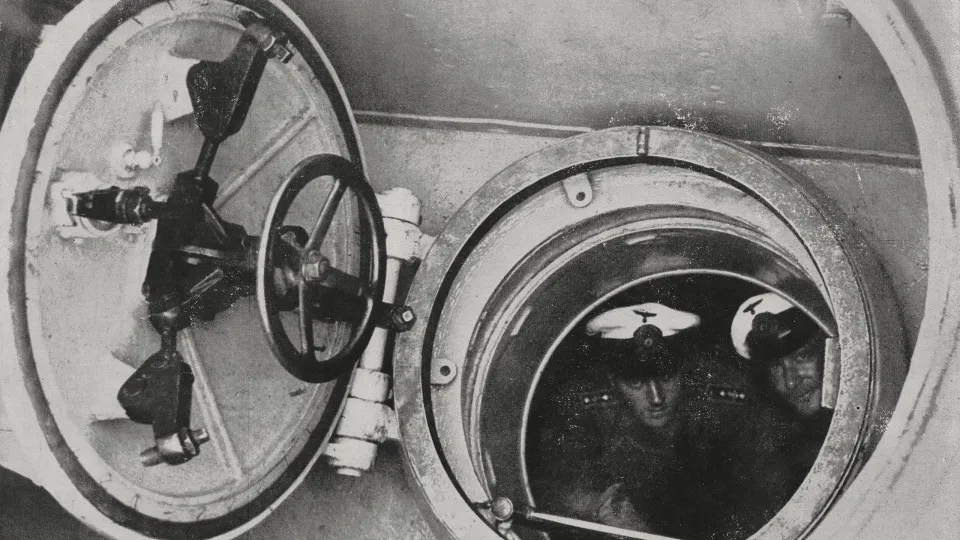Military jobs are inherently dangerous, especially during wartime. Indeed, all branches of the military have specific jobs that are more dangerous than others. And we're not just talking about modern warfare, but taking into account the entire history of armed conflict, from medieval times until today.
Many warriors, soldiers, and pilots, among others, had high-risk military positions. In this gallery, we look back at some of these. Click on to find out more.



